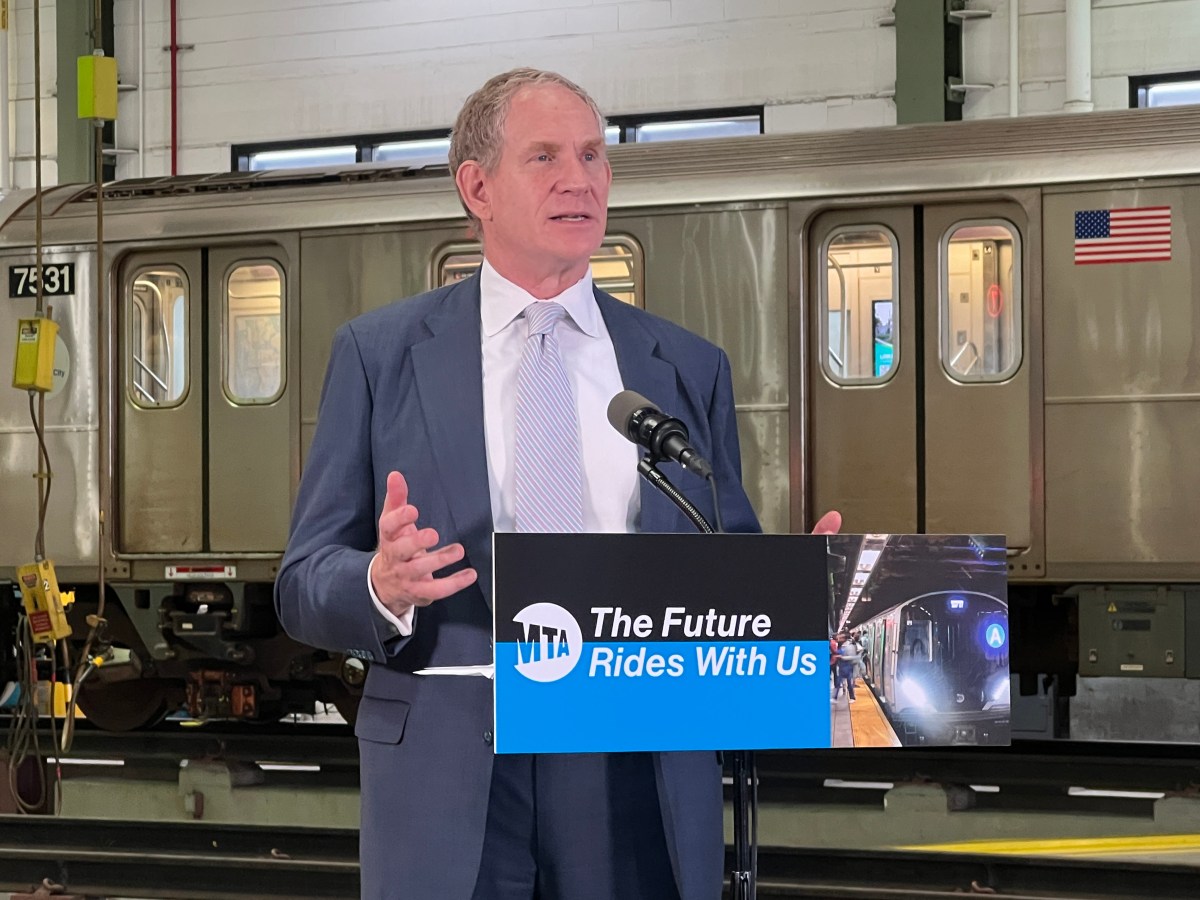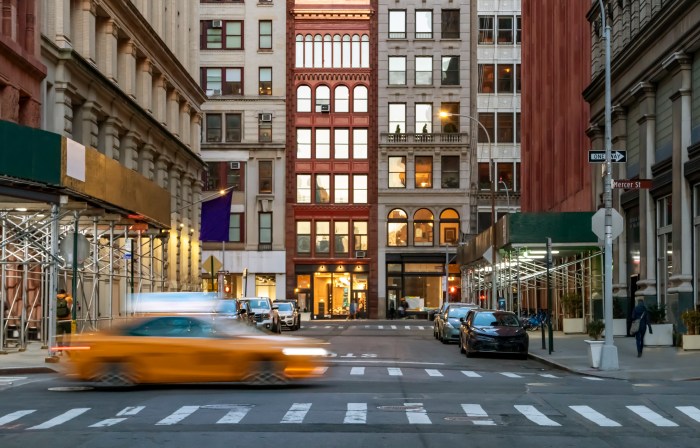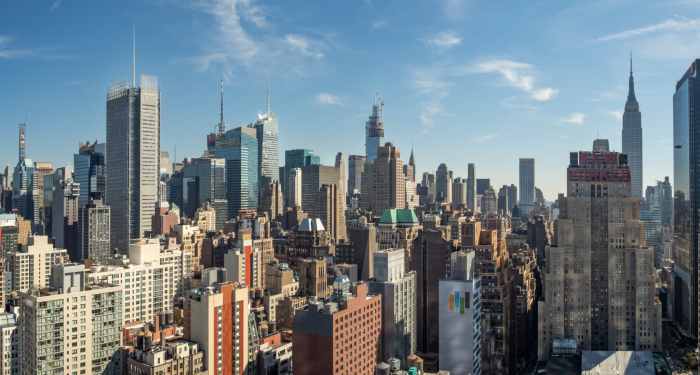Gov. Kathy Hochul promised action on congestion pricing, and she delivered. The MTA Board will vote Monday to approve her phase-in plan for a reduced $9 toll for drivers entering the Central Business District starting Jan. 5, 2025.
Media coverage of the “un-pausing” has largely focused on the impact to drivers, who make up less than 10% of the commuters and less than 1% of the overall population. Less attention is being paid to the overwhelming majority — the roughly 90% of New Yorkers who take transit to get into Manhattan, who will benefit in a big way.
As a major source of funding for the current MTA Capital Plan, reviving congestion pricing means East Harlem residents will finally see Second Avenue Subway Phase 2 become a reality. It means A train riders in Inwood, and C train riders in East New York, and B/D/F/M riders all over the City will get faster, more reliable service – like what riders already have on the 7 and L lines —once their signal systems are modernized. And it means people with disabilities, seniors, and parents with strollers will get accessibility upgrades at another 20+ subway stations.
So, far from being the regressive tax some critics claim, congestion pricing is an investment in a better New York, and the business community agrees. Last week, the heads of the Partnership for New York City, the New York City Independent Budget Office and the Citizens Budget Commission published a full-throated endorsement of the program, calling it “an economic boon for the region.”
Even the Real Estate Board of New York (REBNY) – never a friend of government charges, taxes or fees – has been a strong supporter because traffic congestion has a huge, though unseen, impact on the cost of doing business.
Drivers taking a fresh look at mass transit options will find a greatly improved MTA. Subway service is the best it’s been in 10 years, and in October, Metro-North had its best month ever for on-time performance (98.3%), with LIRR close behind.
There’s a ton more service on the rails, and on buses too. And thanks to our strong partnership with the NYPD, crime is well below pre-pandemic levels, with security cameras now installed in 95% of all subway cars, on top of another 15,000 in the stations.
And while critics love to accuse us of bloat and waste, MTA has emerged as an amazing post-COVID public sector efficiency story. Our budget is 3% lower in real terms in 2024 compared to 2019, and we continue to finish project after project on time and on budget. The L Train, LIRR Third Track, and the Metro-North Viaduct up in East Harlem — all innovative construction projects that came in hundreds of millions under budget and on or ahead of schedule.
That’s the new business-like MTA, and we will continue delivering transformative mass transit improvements for the more than six million people who use our system every day. I hope you’ll ride with us.
Janno Lieber is MTA Chair and CEO.



































